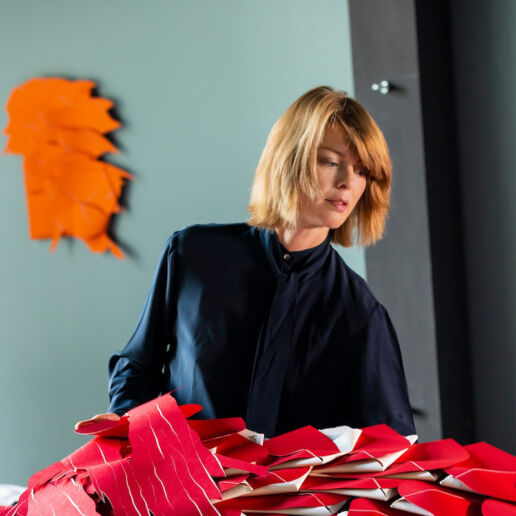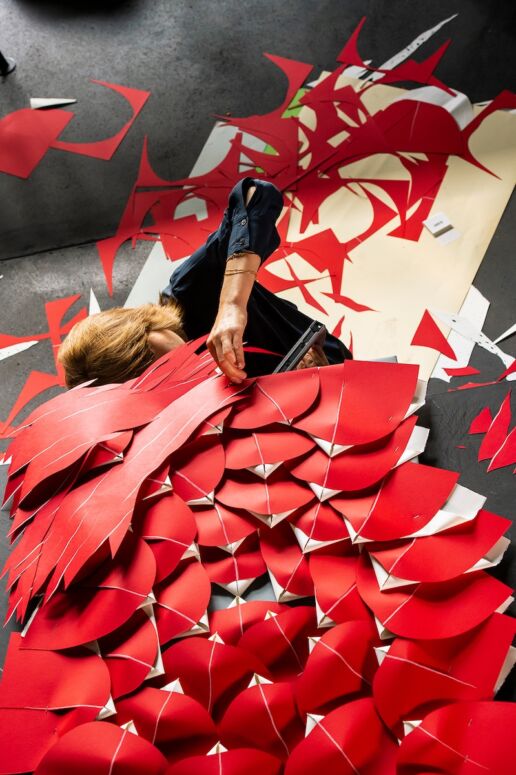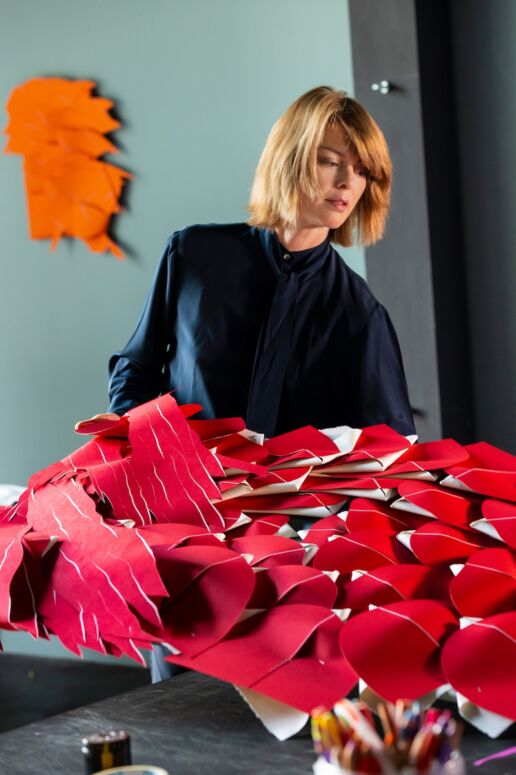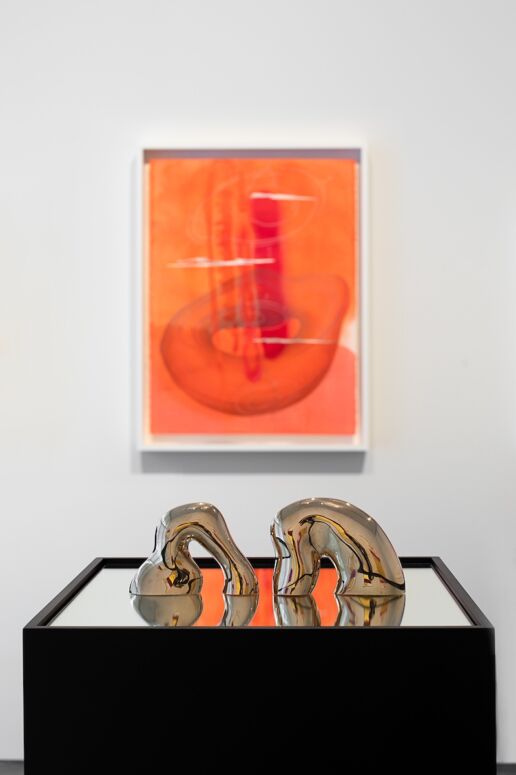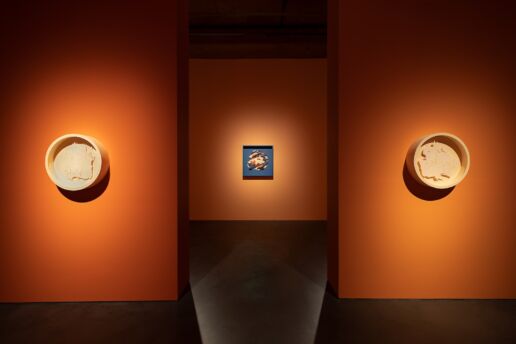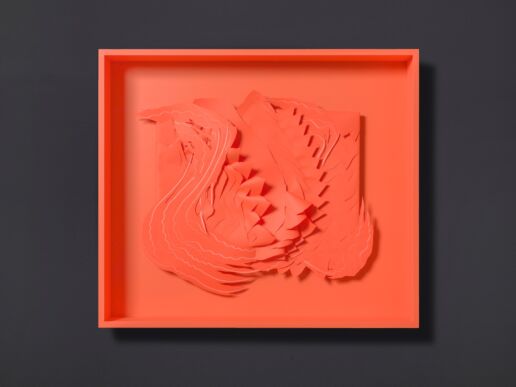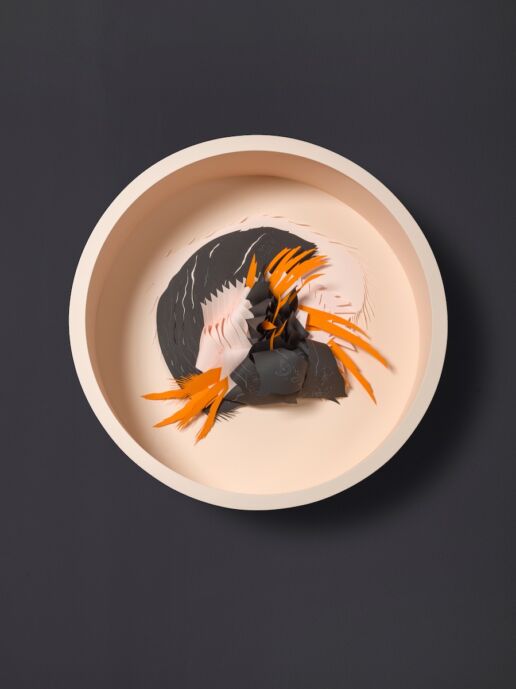AN EXAMINATION OF THE RHYTHM: JORINDE VOIGT
Jorinde Voigt is an artist who makes art with a perspective of literature, music and philosophy. In her art works, she’s dealing with existential and sensual questions. We asked Voigt some questions about the practice of the artist, the creation process and the relationship between music and herself…Photos: Nazlı Erdemirel, Amanda Holmes
– How did your educational background such as philosophy, music and literature affect your art?
Not only in the mode of studying those subjects but also by experiencing them –in life, in art and through the very process of creation.
– You describe music as “a primal structure to understand the world”. What does that mean?
Everything we perceive in the world can be understood as music. Music is based on rhythm, a temporal structure. And we know this as well of day and night, heartbeat, breath, walking, daily recurring actions brushing teeth, lunch, meeting friends, getting kids to sleep, cultural actions, parties, business dinners, conferences, exhibitions, Christmas parties, public holidays, weekends. Above and in between all this stretches the arch of our feelings, our well being, health, fears and securities and everything we must do in order to get into balance. I compare this to the sound of an orchestra, the tonality as it is called in music. The chosen or experienced intensity of our being corresponds to a loud or silent, close or far in music. Vocals, melodies, texts are the specific forms of expression and means of communication that we choose. The world naturally has got its own sounds and forms but as in music, the orchestration is based on a primordial structure. This equivalence is because music is originally derived from life.
– How does your creative process start? In conjunction with this question, let me ask, what do you think is the importance of the production process in the creation of an artwork?
The process of creation is inseparably connected with the work, comparable to the sound of a piano and the music that is played.
– “The Sum of All Best Practices” and “Fugue” series of your work are examples for your ability to paint in the third dimension. Can you explain this type of work in which you include the leaves you found in Berlin?
Well, my intention was not to create three-dimensional paintings as I do not think and create in media-specific terms anyway. For The Sum of all best practices I collected autumn leaves on my way to work and, once in my studio I traced around each leaf in pencil on a sheet of paper and then cut out the shape with a scalpel. This part of the process includes the element of surgery, or analysis, with each cut-out being a unique documentation of a single leaf. In its uniqueness I understand each leaf (and any other unique manifestation) as a form of the present that speaks of its own past, its biography or evolution witnessing a successful strategy of survival, respectively prevail in critical situations. Every part, every leaf of every plant speaks of the sum of all these solutions – and every leaf, therefore, is the best shape it can be.
– What are your upcoming exhibitions? Are you working on new projects? Can you talk about your future projects?
Now I am developing a body of large-scale sculptural works for several occasions in the future, experimenting with steel and aluminium. It is a very exciting process of learning something new while linking it to my practice and thinking to date. Parallel, although synchronously with that process, I am digging deeper in the topic of ‘’Rhythm’’, respectively pushing on the possibilities this kind of work has to offer.
– What would you like to say about the relationship between your artwork and the Turkish audience? What is your interpretation?
Well, we would have to ask the audience how they relate to my works. When being in Istanbul I intuitively experience a very attentive, smart and educated audience that, at the same time was drawn to my works in a more sensual than cerebral, let alone highbrow way, compared to the German audience – whoever these collective descriptions comprise anyway. In Turkey, the viewers seem to indulge, to immerse themselves in the work, maybe in the sense I addressed immersion as a topic in many groups of works, by the way.


